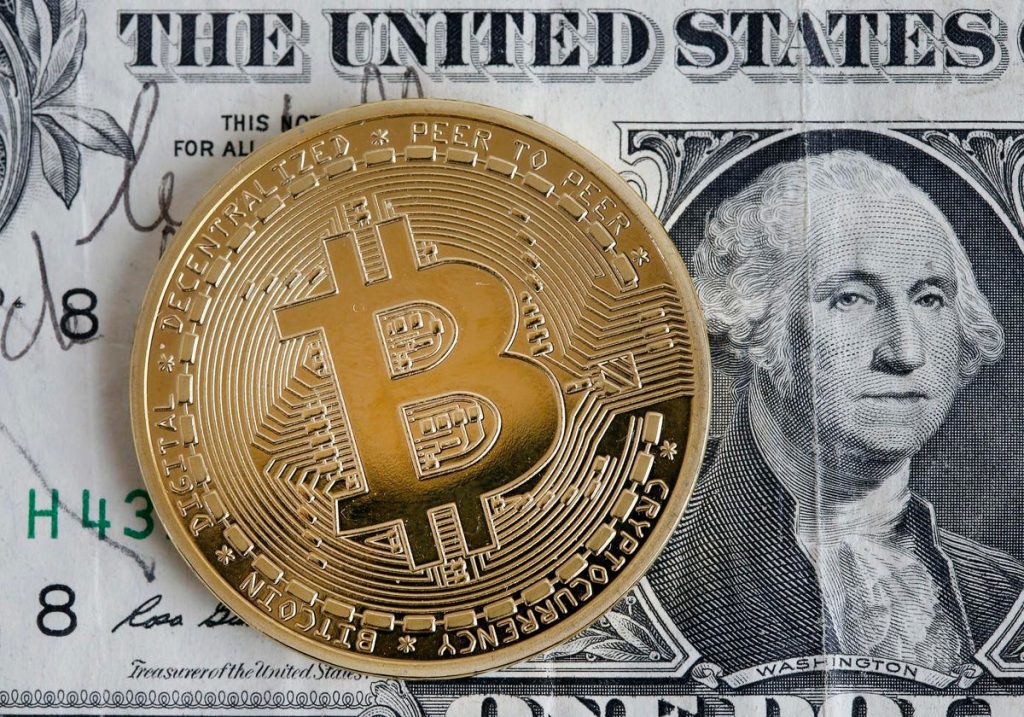
One of the strangest things about crypto is its divisive nature.
Depending on who you talk to, crypto could be described as either “potentially revolutionizing the global economy” or “worse than tulip bulbs”.
This is a rare asset class that generates such extremes. Some people like emerging markets and some people don’t, but no one threatens to fire employees who invest in emerging markets ‘for being stupid’ (as JPMorgan CEO Jamie Dimon famously said about bitcoin in 2017, when the price was below $5,000).
This is something you’ve likely seen in your own life. Friends who love crypto, friends that don’t and very few in-between.
This could be due to many reasons. One reason is jealousy. People who were very early in crypto have made a lot more than those who weren’t.
Framing is the most important driver, however.
Crypto is a currency or a technology?
People from the traditional financial sector approach cryptoassets such as bitcoin in one way or another: as a currency, or as technology.
Bitcoin is not always a great currency.
Most people don’t use Bitcoin in their daily lives.
It is difficult to imagine living in a crypto-denominated environment due to the current volatility of crypto’s prices. Bitcoin’s price started at $30,000 and peaked in May at $60,000; it is now trading at around $50,000. It’s great for an investment, as you are up 67%; however, it can be difficult to use in day-to-day life. Your mortgage payment will be difficult if you have a bitcoin-based salary in May.
This could change in the future. I believe it will. It is difficult to compete with the U.S. Dollar or other stable currencies right now.
Bitcoin is a technology but it looks very different.
Imagine that you were looking to send $10,000 to someone in London. It is possible to take time off work and walk to a branch of a major bank like Bank of America to process a wire transfer. This is the fastest way to send money overseas. According to Bank of America’s website, international wire transfers take ‘ 1 to 2 business days if sent by 5pm ET.’ If sent in dollars, the fixed fee is $45; if sent abroad, the bank embeds fees into the exchange rate. All-in fees can be multiple percentage points.
You could, however, send the same amount of money to bitcoin blockchain from your computer and it would be delivered in less than 10 minutes. The fee would be lower than $3. The fee will not increase if you send more money, let’s say $1 billion.
This is what you should think about.
It takes just 1-2 business days for $10,000 to be moved to London by one of the biggest banks in the world, which has 240,000 employees and offices in 38 countries. The fees range from $45 to hundreds. A decentralized software program that has no employees and operates from one office can move $1 Billion in 10 minutes, for less than the price of a cup of coffee.
This isn’t just about money transfer. Every day new “decentralized finance” applications are created that can perform the same basic functions of traditional financial markets but do it faster, cheaper, or more efficiently.
There are many crypto protocols that allow you to take out collateralized loans of hundreds of millions of dollar in seconds. Decentralized exchanges can process $50 billion of trading volume per month, even though they have no employees.
To overcome incumbent network effects, disruptive technologies must be 10x better than the existing technologies. This threshold is exceeded by many crypto protocols in multiple dimensions.
Your entry point is what will determine your initial take on crypto
This is a crucial starting point for people who come from traditional finance backgrounds.
Many people who first approach crypto as a currency end-up thinking it’s tulip bulb, while those who first approach it as a technology end of thinking it’s inevitable.
Truth is likely somewhere in the middle.
Bitcoin and other cryptoassets have intrinsic characteristics that could allow them to command an important monetary premium over the long-term. It is easy to see them being used more widely in the future. However, there are significant regulatory hurdles that the technology must overcome if it is to realize its full potential to transform finance.
Reflexively dismissing Bitcoin because it isn’t used at Starbucks is a shortsighted decision that many traditional investors make. Reality is more complicated and more fascinating than that.
